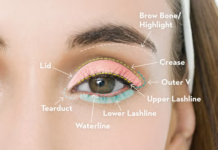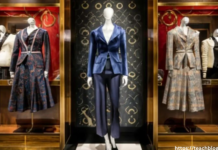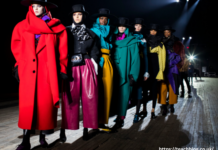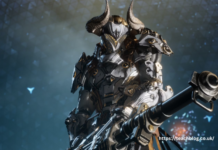Introduction
In the digital age, artificial intelligence (AI) has significantly transformed various aspects of our lives, from improving our daily tasks to enhancing creative processes. One of the latest trends powered by AI is the generation of celebrity images, particularly Taylor Swift AI pictures. These images, created using sophisticated algorithms, mimic the appearance of the pop icon, leading to a wave of fascination and curiosity among fans and AI enthusiasts. In this article, we’ll explore what Taylor Swift AI pictures are, how they are created, and the ethical implications surrounding their use.
Table of Contents
What are Taylor Swift AI Pictures?
Taylor Swift AI pictures are images generated by artificial intelligence that resemble the singer-songwriter Taylor Swift. These images are not real photographs but are crafted using AI algorithms that analyze thousands of Taylor Swift’s photos to create new, realistic-looking images. These AI-generated pictures can depict Taylor Swift in various poses, outfits, and settings that may never have been captured in real life.
The technology behind these AI pictures typically involves machine learning models, such as Generative Adversarial Networks (GANs). GANs consist of two neural networks: the generator and the discriminator. The generator creates new images, while the discriminator evaluates them against real images of Taylor Swift, gradually improving the generator’s ability to produce lifelike pictures. Over time, the generator becomes adept at creating images that are nearly indistinguishable from actual photographs.
How are the Fake Taylor Swift AI Photos Made?
Creating fake Taylor Swift AI photos involves several steps that leverage advanced AI and machine learning technologies. Here’s a breakdown of the process:
- Data Collection and Preprocessing: The first step in generating AI pictures of Taylor Swift is collecting a substantial dataset of her real photographs. This dataset is typically compiled from various public sources, such as social media, music videos, and public appearances. These images are then preprocessed to ensure consistency in size, resolution, and quality, which helps the AI model learn more effectively.
- Training the AI Model: Once the dataset is ready, it is used to train a machine learning model, most commonly a GAN. The GAN model is trained to understand the unique features of Taylor Swift’s face, such as her facial structure, expressions, and other distinctive attributes. The training process involves feeding the images into the generator, which creates a new image, and then into the discriminator, which assesses its accuracy compared to the original dataset. This process repeats thousands of times, with the generator gradually improving its ability to create more realistic images.
- Refinement and Enhancement: After the initial training phase, the generated images often require further refinement to enhance their realism. This step may involve additional AI tools or manual adjustments by digital artists. The refinement process can include adjusting lighting, adding realistic textures, or fine-tuning facial features to match Taylor Swift’s unique look more closely.
- Final Output and Use: The final AI-generated images can be used in various ways, such as for social media content, digital art projects, or even as part of more complex AI-generated videos. Some fans enjoy using these images for fun, while others may use them for more creative endeavors, like fan fiction illustrations or music video mock-ups.
Ethical Implications of AI-Generated Celebrity Images
While the technology behind AI-generated images is undoubtedly impressive, it also raises several ethical concerns. The creation and distribution of Taylor Swift AI pictures—or any celebrity images, for that matter—must be approached with caution to avoid potential misuse or harm. Here are some key ethical considerations:
- Privacy and Consent: AI-generated images of celebrities can blur the lines between public personas and personal privacy. Although Taylor Swift is a public figure, using her likeness without consent for AI-generated images raises questions about privacy and the right to control one’s image. It’s essential to consider whether these creations infringe on her rights as an individual.
- Misrepresentation: AI images can be easily manipulated to create scenarios that never happened, potentially leading to misrepresentation or the spread of false information. This is particularly concerning when such images are used to depict celebrities in compromising or misleading situations, which could damage their reputation or public perception.
- Intellectual Property: Celebrities often have trademarks or rights associated with their image and likeness. The unauthorized use of AI-generated images might violate these rights, leading to potential legal issues. It’s crucial to understand the legal framework surrounding the use of AI in creating celebrity images to avoid infringing on intellectual property laws.
- Impact on Authenticity and Trust: The proliferation of AI-generated images can also erode trust in digital media. As these images become more realistic and widespread, it becomes harder for the public to distinguish between real and fake, potentially leading to skepticism about the authenticity of legitimate photos and videos.
Conclusion
The creation of Taylor Swift AI pictures showcases the incredible capabilities of artificial intelligence in the realm of digital art and media. However, while the technology behind these images is fascinating, it is essential to navigate its use responsibly. Understanding how these images are made and being aware of the ethical implications can help us appreciate the innovation without crossing ethical boundaries. As AI continues to evolve, we must strive to balance technological advancement with respect for individual rights and societal norms.



















